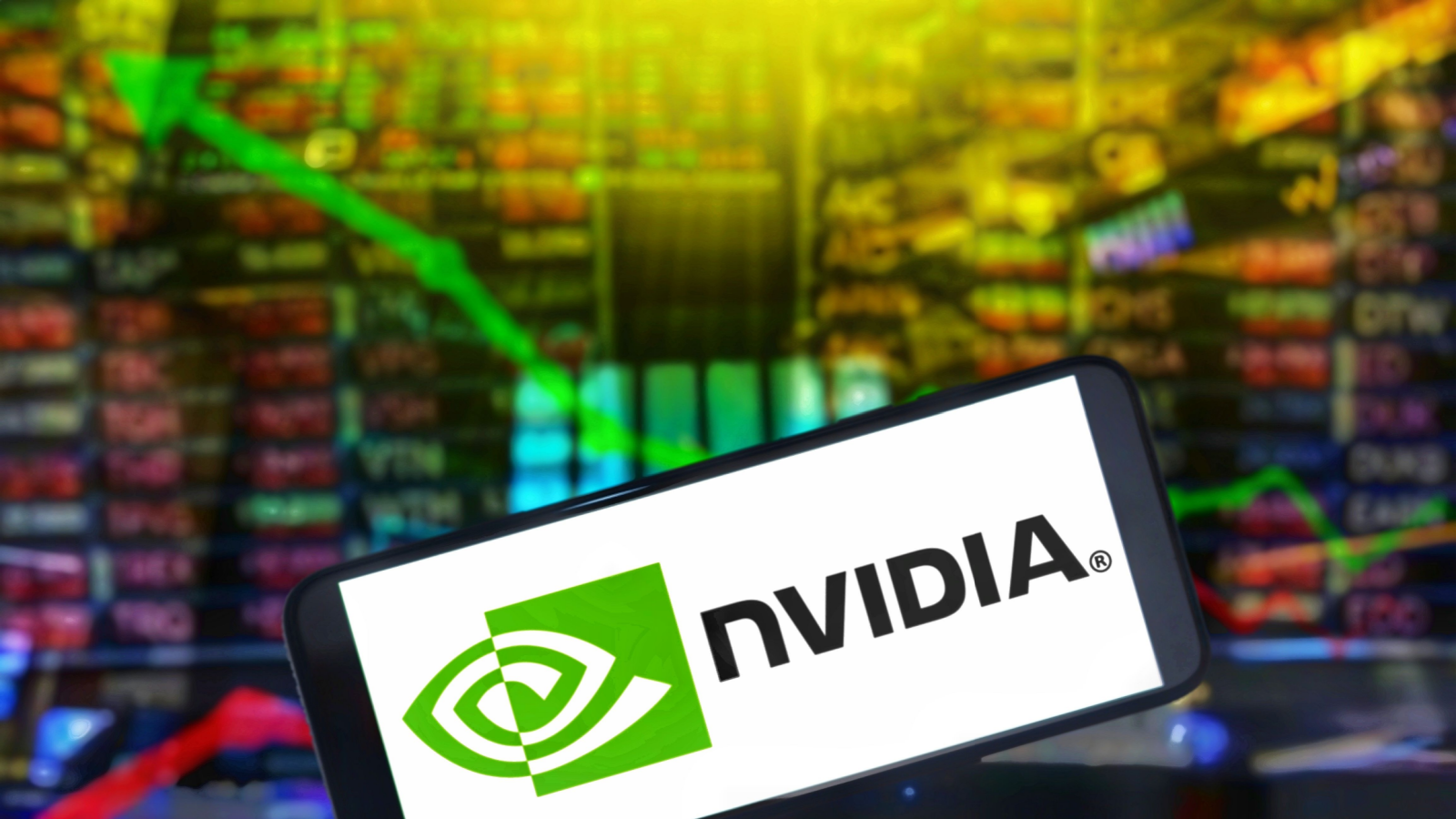
As of this writing, Nvidia (NASDAQ:NVDA) stock has broken through the latest price level milestone: $900 per share. It may reach $1000. Concerns about a potential stock bubble grow, as shares soar. Despite the company’s success in AI chip demand and profitability, doubts about its sustainability arise.
Yet while some sort of price correction is very likely, if not inevitable, that doesn’t mean you need to switch to a bearish stance. Whether you’ve held onto a NVDA position for quite some time, or are just diving into it today, here’s why there’s no need to make an exit.
NVDA Stock: After the Boom, a Bust?
Although clearly a larger number of market participants are bullish on Nvidia than are bearish, those more skeptical about the stock’s future performance are garnering an increasing share of attention in the financial press.
Every day NVDA stock seems to close in the red, even if by a modest amount. The financial press is quick to state that it’s the beginning of the end for this hot stock’s hot run. However, there is one bearish argument making the rounds that could be giving you pause.
That would be the comparisons of Nvidia stock today to Cisco Systems (NASDAQ:CSCO) stock during the height of the dotcom bubble, that have circulated across social media. These comparisons suggest that, just like what happened to Cisco’s IT hardware business when the dotcom bubble burst, Nvidia’s AI chip business will experience a sharp slowdown if (not when) the AI bubble bursts.
NVDA, like CSCO stock in the early 2000s, will experience a severe price reversal. Yet while I’ll admit this is a provocative argument, there are several strong reasons comparing Nvidia today to the Cisco of the late-1990s/early-2000s is apples-to-oranges, not apples-to-apples.
Why Nvidia is Not ‘Cisco 2.0’
I can understand why one may see the “NVDA stock is CSCO stock 2.0” argument and immediately decide it’s time to get out while the going’s still good. Yet even in articles discussing this trending argument, commentators and reporters will concede a key flaw to it.
Namely, because based on traditional valuation metrics, NVDA, even after its supposed bubble, is far more reasonably priced than CSCO was at the height of its bubble in the year 2000.
Nvidia is currently trading at 36 times forward earnings. That’s looks like a deep value multiple, compared to CSCO’s triple-digit forward P/E ratio during its peak.
Alongside this common counter to the “Cisco 2.0” bear case, keep these things in mind too. For instance, while Cisco was merely a large player in a commodified industry. In contrast, Nvidia has carved out a competitive moat in AI chips.
The company currently has a commanding share of the market, first mover’s advantage, and other factors (like its Cuda Quantum platform) that can help keep the competition at bay.
Most importantly, CSCO topped out at the height of the dotcom boom. Much still signals that the AI boom is still in the early stages.
The Verdict: Hang Tight, Even if Turbulence Soon Strikes
In the coming years, as generative AI moves from the testing stage to widespread usage by the general public, the AI chip market is expected to continue exploding in size. According to Statista, the AI chip market is expected to generate $67 billion in sales this year.
By 2030, the market could be worth hundreds of billions per year in annual revenue. This points to Nvidia’s fiscal results coming in-line, if not above, current sell-side consensus.
Again, as with any stock that has made parabolic moves, a correction is likely forthcoming. Uncertainty and doubt will rear its head once again, causing fair weather speculators to bail.
However, make no mistake: until stronger signs emerge showing Nvidia will not achieve the type of growth necessary to sustain and increase its valuation, it’s far too early to make an exit.
NVDA stock earns an A rating in Portfolio Grader.
On the date of publication, Louis Navellier had a long position in NVDA. Louis Navellier did not have (either directly or indirectly) any other positions in the securities mentioned in this article.
The InvestorPlace Research Staff member primarily responsible for this article did not hold (either directly or indirectly) any positions in the securities mentioned in this article.





